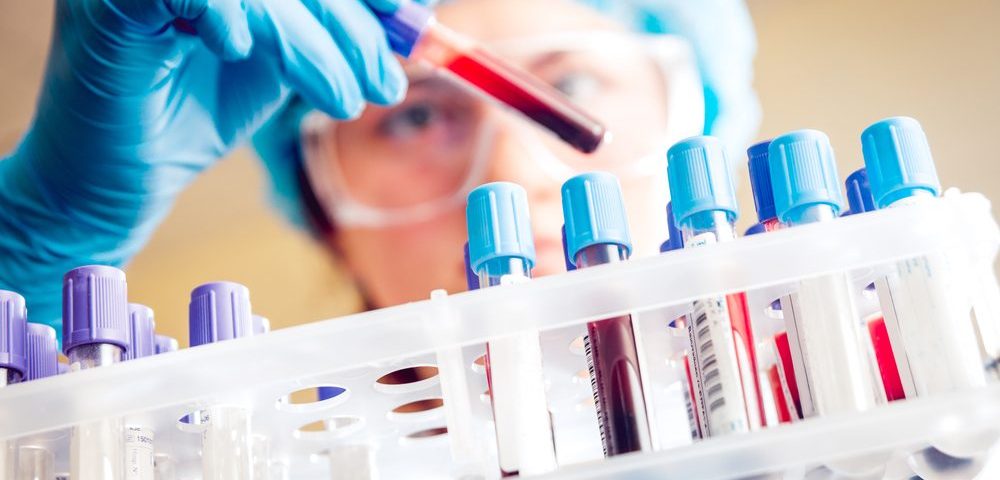On Dec. 31, 1969, President Richard Nixon signed a proclamation that declared January National Blood Donor Month. For 50 years, the American Red Cross and other organizations have praised blood donors and highlighted the importance of blood donation.
I’ve required quite a few blood transfusions over the years. When I was hospitalized in 2006 and diagnosed with Crohn’s disease, I was so severely anemic that I required multiple transfusions to increase my red blood cell count to a suboptimal level. A decade later, I received several transfusions after my liver transplant to stabilize my platelet count.
For IBD patients, the likelihood of needing a blood transfusion is high. Crohn’s and ulcerative colitis symptoms can cause blood loss, as can surgeries to treat both diseases. As National Blood Donor Month comes to a close, here are some points to ponder about blood donation.
The need for blood donation
According to the American Red Cross, every 2 seconds someone in the United States requires a blood transfusion. An estimated 6.8 million people donate blood each year in the U.S. Less than 38 percent of the population who are eligible register to give blood.
A few years ago, the National Blood Collection and Utilization Survey conducted by the U.S. Department of Health and Human Services reported a steady decline in blood donations across the nation. Although the survey also found a similar decline in transfusion needs, that doesn’t lessen the need for donations.
Because of blood’s short shelf life, a steady supply is needed. Red blood cells can be refrigerated and stored for up to 42 days. Platelets, on the other hand, must be transfused within five days. Fortunately, most people can donate blood every 56 days if eligible.
The role of blood type in blood donations
There are eight types of blood: A-positive, A-negative, B-positive, B-negative, O-positive, O-negative, AB-positive, and AB-negative. The presence or absence of A and B antigens and a protein called Rh factor determines blood type. If the antigens in the donor blood are not compatible with the recipient’s blood, the transfusion triggers an immune response. Because of the possibility of incompatibility, certain blood types are needed more than others.
Type O blood is in the highest demand. Type O-negative is a universal blood type that can be transfused regardless of the recipient’s blood type. Only 7 percent of the population is O-negative. But Type O recipients can only receive Type O blood. Type O-positive is often in short supply because it is the blood type of 37 percent of the population.
Type A recipients can receive types A and O. Likewise, Type B recipients can be transfused with types B and O.
People with Type AB are universal recipients, meaning they can receive all blood types. I happen to be AB-positive, which isn’t common for the U.S. population. Only 3.4 percent of the U.S. population and 7 percent of Asian Americans are Type AB-positive.
Finally, although the donor and recipient don’t have to be the same race or ethnicity, some rare blood types are unique to specific ethnic groups. For this reason, donations from minority and ethnic communities are in high demand.
Who can donate blood
Most states require donors to be 17 years old. However, some states allow 16-year-olds to donate with parental consent. Donors must weigh at least 110 pounds and be in general good health and feeling well.
Before donating, the donor must provide a full health history, including temperature, blood pressure, and pulse. Medical personnel will perform a finger-prick test to check the donor’s hemoglobin level. The minimum hemoglobin level is 12.5 g/dL for women and 13.0 g/dL for men.
No one should assume they can’t donate. People with chronic illnesses can give blood as long as their disease is under control and they are otherwise in good health and meet all other eligibility requirements. Even if they aren’t currently eligible, they could qualify after time.
I thought having Crohn’s and a liver transplant and taking maintenance doses of Remicade (infliximab) and tacrolimus would disqualify me as a blood donor. Surprisingly, most transplant recipients can donate blood 12 months after surgery. Now that I meet the weight requirement and my hemoglobin is inching up, I may be able to donate blood for the first time. One donation can save up to three lives, and I’d like to finally pay it forward.
***
Note: IBD News Today is strictly a news and information website about the disease. It does not provide medical advice, diagnosis, or treatment. This content is not intended to be a substitute for professional medical advice, diagnosis, or treatment. Always seek the advice of your physician or other qualified health providers with any questions you may have regarding a medical condition. Never disregard professional medical advice or delay in seeking it because of something you have read on this website. The opinions expressed in this column are not those of IBD News Today, or its parent company, BioNews Services, and are intended to spark discussion about issues pertaining to IBD.

